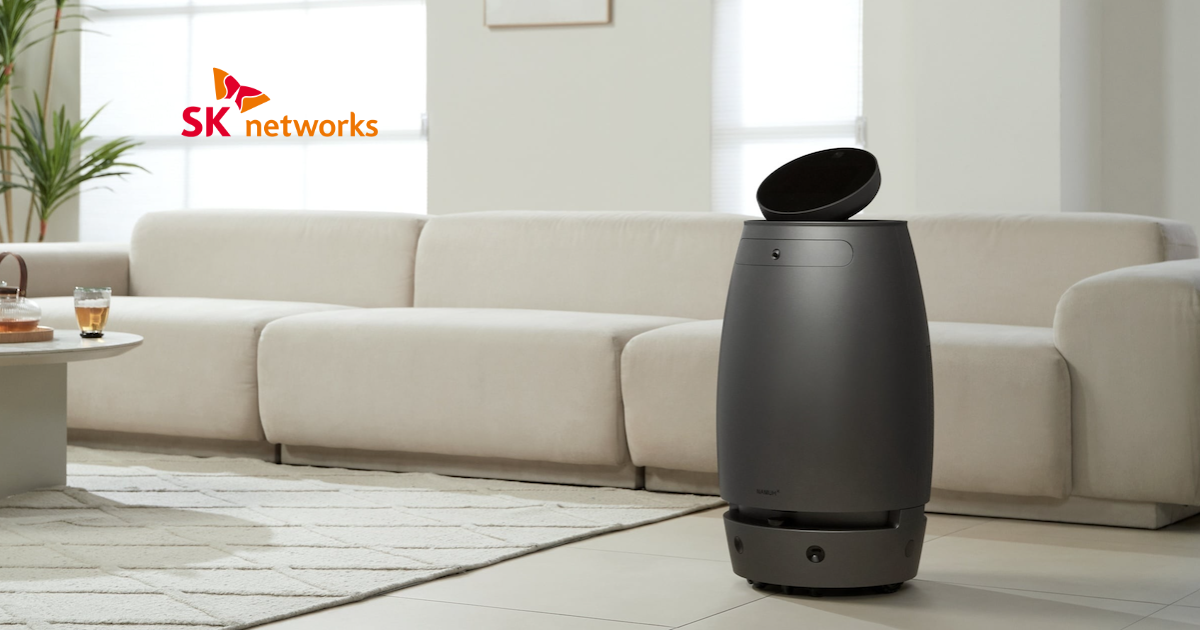Software is driving the user experience, and context-aware voice AI is revolutionizing it by creating custom in-car experiences. This shift moves beyond rigid voice assistants to truly personalized interactions, boosting engagement, safety, and brand loyalty for automotive OEMs.

In an era where software defines the driving experience, how are you making sure your vehicles not only keep up but also lead the way in personalized driver engagement? And I’m beyond just talking about personalized settings, but rather a personal experience with the voice assistant— so natural, it feels like you’re talking to a close friend, rather than a machine. The stakes for automotive brands are higher than ever: overlooking this gap risks losing customer loyalty and falling behind in a crowded market.
Think about your digital life today. You can talk to your AI chatbot, which, if you’ve allowed it to save your chat history, knows what’s important to you and responds like a trusted friend or advisor. When you come home and say, 'I’m home,' the temperature adjusts to your preference, your favorite song plays, and the lights turn on as you like. It's seamless, personalized, and frankly, we've come to expect it. So, why does the experience in our cars often feel like a step back in time?
The Problem: A Disconnected Driving Experience
Most in-car voice assistants today are rigid. They treat every request the same, no matter who's talking, what they’re trying to do, or what's going on around the car. It feels like you’re talking to a rigid machine. This rigidity often leads to frustrating moments, unnecessary distractions, and missed opportunities for automotive OEMs to truly connect with their customers, ultimately leading to disengagement and abandonment of the voice interface.
The truth is, making the in-car user experience personal isn't just a fancy extra anymore. It's essential for car manufacturers who want to stand out, drive the adoption of in-car features, and foster enduring brand loyalty.
Overcoming the Hurdles to Truly Personalized Experiences
The initial hurdle of personalization, simply selecting a profile, remains surprisingly cumbersome in many vehicles today. Drivers often contend with touchscreens, diverting their attention from the road to tap through menus. Bluetooth connections, while convenient for a single user, usually fail when multiple registered drivers are in the vehicle together, resulting in incorrect profile activation. And relying on key fobs for automatic profile loading is equally flawed; families frequently share key fobs, or the spare is tucked away for safekeeping, negating any potential for seamless, individualized settings.
For automotive OEMs, investing in context-aware voice AI isn't just about enhanced user experience; it's about achieving measurable business outcomes and securing a competitive edge in a rapidly evolving market.
These friction points undermine the very promise of a personalized in-car experience, leaving users frustrated before their journey even truly begins.
Another barrier to natural, seamless in-cabin voice interaction is the need for wake words and rigid commands, which requires you to remember the exact command phrase. Remove the need for wake words and add natural command inference that understands your intent, and you genuinely make interactions feel as personal as talking to a friend.
What Exactly is a "Context-Aware" Voice Assistant?
A context-aware voice user interface (VUI) is a voice assistant that can gather and utilize various pieces of information to provide more relevant and personalized responses. It goes beyond just understanding the words you say; it figures out the "who, what, where, and when" of your conversation. To create truly intelligent systems, multiple contextual elements must work together, including:
- Who's Talking (Speaker Identification): Knowing who you are is the foundation for personalization. This allows the system to access your individual profile, preferences, and other details, such as your age or preferred language.
- Where You Are in the Car (Speaker Position): Knowing which seat the speaker is talking from helps form the correct responses and actions to the right person.
- How You're Doing (Driver State): Recognizing if the driver is alert or tired can trigger helpful safety suggestions.
- What Else is Happening (Ambient Audio): Detecting sounds outside the car, like emergency sirens, can significantly boost safety.
Examples of how context awareness changes in-car UX:
- Personalized Navigation: When a registered driver says, "Navigate to work," the car takes them to their saved work address without needing to spell it out. If two people are in a car, and a different registered person says, "navigate to work," it takes them to their saved work address. The system knows who is giving the command. No confusion, no need to touch a screen.
- Information Just for You: Imagine driving past a famous building. A passenger asks, "What's that building?" The system tailors the explanation based on the user's profile (e.g., historical facts for a history lover, engaging and straightforward for a child, and architectural details for an engineer).
- Proactive Safety: If the system detects signs that the driver may be getting sleepy (perhaps from their voice patterns or, using a visual mode system, how they're looking at the road), it can suggest taking a coffee break or point out nearby rest stops.
- Your Music, Instantly: Say "Play my playlist," and your preferred music starts right away, based on your identified profile and past listening habits – even if the vehicle profile is set to someone else.
This type of intelligent interaction builds a great deal of trust and engagement with the car. When the system feels like a genuine companion rather than just a tool, you're much more likely to use it, making your journey safer, more intuitive, and ultimately, more enjoyable.
The ROI of Personalization: Driving Business Outcomes
For automotive OEMs, investing in context-aware voice AI isn't just about enhanced user experience; it's about achieving measurable business outcomes and securing a competitive edge in a rapidly evolving market.
Consider these compelling statistics and technical considerations:
- Market Growth & Adoption: The global AI in-car assistant market is expected to reach USD 15.8 billion by 2031, growing at a 12.8% CAGR. The in-vehicle voice assistant market is projected to reach $12.6 billion by 2033, with an 18.2% CAGR, and over 69% of new cars in North America and Western Europe now feature voice control.
- Improved Safety and Compliance: 88% of American drivers regularly use in-car voice features, with over 60% citing enhanced safety as a key benefit
- Customer Satisfaction and Differentiation: Automotive OEMs report a 40% year-on-year increase in customer satisfaction ratings tied to advanced voice recognition systems.
Strategic Path to Personalized In-Car UI for OEMs
At the end of the day, context isn't optional; it is the indispensable foundation that turns in-car voice UI into a trusted copilot, making it safer, faster, and more natural. It also needs to incorporate a great deal of context. Audio is a fantastic "collector" of this context—understanding where sounds are coming from and their direction is a vital part of the puzzle.
For OEMs looking to build truly adaptive, personalized, and safe in-car user experiences, the first step is to clearly define their vision. That clear vision will then dictate the necessary hardware and software. From there, the next critical step is to find the right partners who can integrate all these complex pieces seamlessly. Look for partners with proven expertise in multi-modal AI, deep experience with automotive-grade systems, a strong ability to integrate with your existing platforms, and robust privacy frameworks. The right partner understands the unique demands of the automotive environment and can help you navigate the complexities of integrating advanced AI.
The future of the automotive experience won't just be about fancy holographic screens, but about how intimately your vehicle understands and anticipates the needs of its occupants. It's a journey to deeper brand loyalty and truly intelligent mobility – and it starts with a clear vision and the right partners today.











